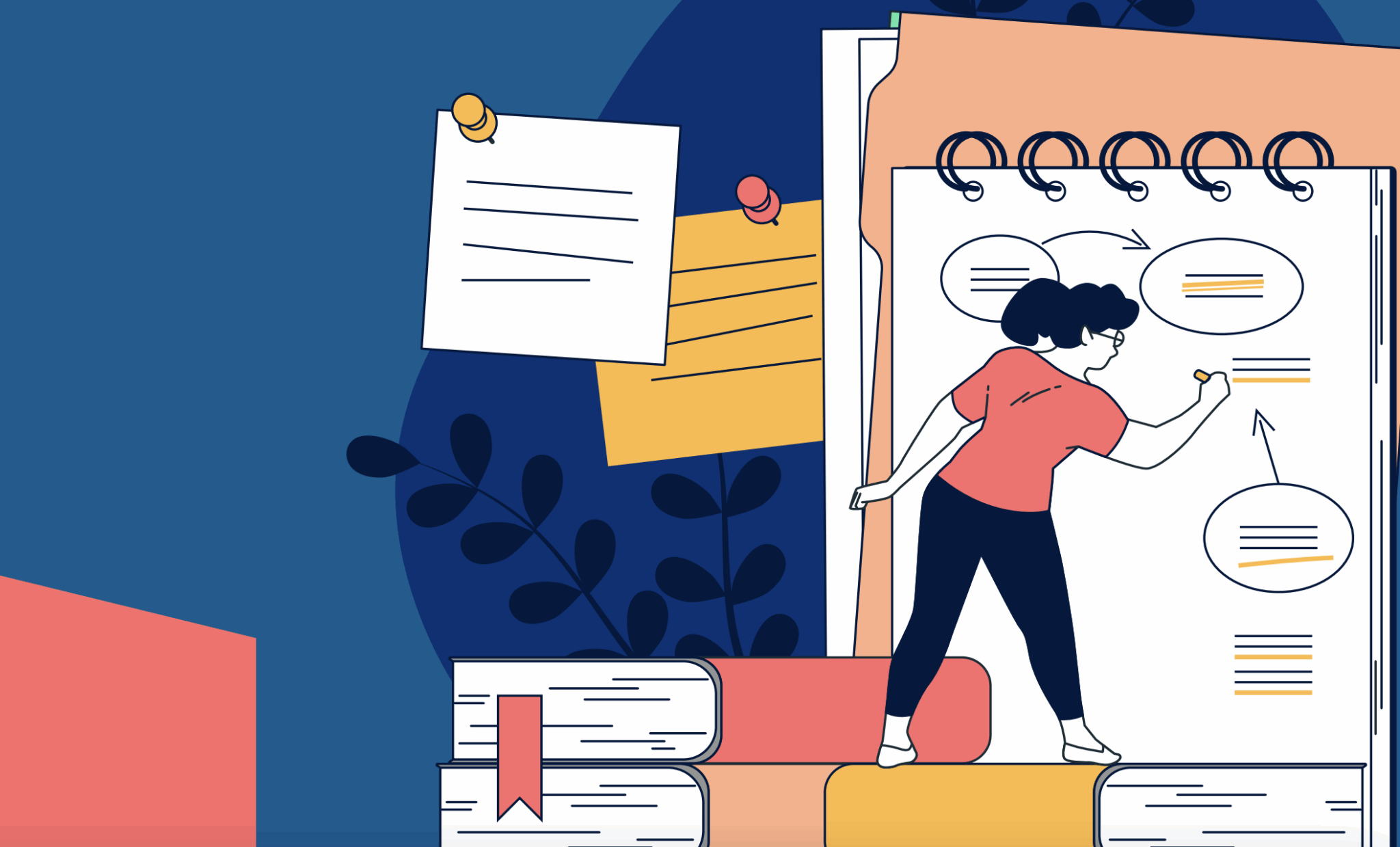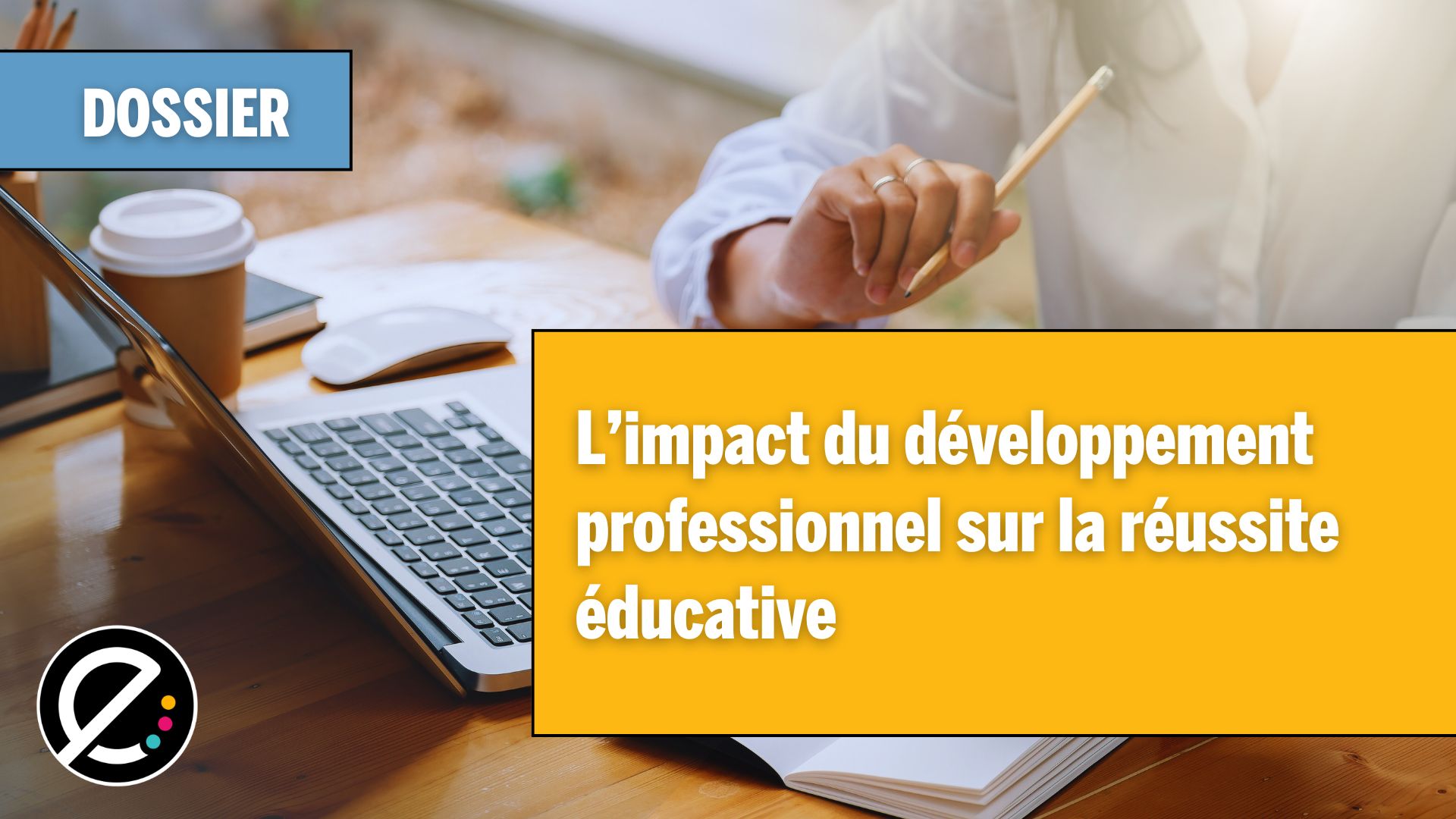On en parle de plus en plus, la réalité virtuelle frappe aux portes de nos classes. Compte-rendu d’un atelier sur le sujet au dernier Sommet de l’iPad et du numérique en éducation.
Les 18 et 19 mai dernier s’est tenu au Palais des Congrès de Montréal le grand rendez-vous annuel formé par le Sommet de l’iPad et du numérique en éducation et le Colloque international en éducation.
Pour l’occasion, Benoît Petit (RÉCIT national du développement de la personne) et Steve Morissette (CS de Sorel-Tracy) ont présenté un projet auquel a aussi participé Sébastien Deschamps (CS des la Rivière-du-Nord). Tous trois sont conseillers pédagogiques TIC au RÉCIT.
La réalité virtuelle a-t-elle un potentiel pédagogique?
« Pour en saisir tout le potentiel pédagogique il faut imaginer des contextes qui favorisent le développement de compétences chez les élèves par le biais de la consultation et la création de contenu de réalité virtuelle », lit-on sur les diapositives de leur présentation.
Un exemple : 80 % des jeunes de 4e et 5e secondaire de l’École Fernand-Lefebvre (CS de Sorel-Tracy) ont un téléphone intelligent. C’est donc par l’approche BYOD (AVAN) que trois groupes d’environ 28 élèves chacun ont été initiés à la réalité virtuelle à l’aide des Cardboards (lunettes de réalité virtuelle de Google). C’était l’étape consultation.
Puis, les élèves sont passés à l’étape création du projet. Le but était de leur faire réaliser une visite virtuelle de l’école : le laboratoire informatique, les gymnases, la bibliothèque, l’auditorium, le salon étudiant, et autres. Ils disposaient d’un appareil par équipe de 3 ou 4 et pouvaient consulter les ressources de Google pour la mise en ligne des photos, comprenant entre autres les demandes d’autorisation des personnes identifiables.
Pendant l’atelier, les animateurs ont aussi montré d’autres exemples d’exploitation de la réalité virtuelle, comme ce projet où Annie Turbide, enseignante en ÉCR à l’école secondaire Cardinal-Roy, et Benoît Petit ont réalisé des captations, disponibles dans Google Street View, de lieux de cultes de la ville de Québec et des alentours.
Le document de cette présentation, disponible ici, répondra à plusieurs questions que se pose le néophyte : où se procurer des Cardboards, combien ça coûte, comment les faire assembler par les élèves, etc.
En quoi la réalité virtuelle apporte-t-elle une valeur ajoutée à l’enseignement?
Voici à quoi doit réfléchir l’enseignant qui désire embarquer sa classe dans une aventure en réalité virtuelle :
- Privilégier du contenu pertinent, intéressant, original, utile pour les autres;
- Aller chercher des éléments du programme / de la progression des apprentissages;
- Trouver différentes pistes de travail et de réflexion selon « l’angle disciplinaire » (ex. : en arts, produire une oeuvre 3D; en sciences, fabriquer un cardboard; en univers social, visite de lieux; etc.)
Ils ont poursuivi l’atelier avec des questions présentées au colloque 2017 de l’AQUOPS : quels sont les défis à relever? Les obstacles et les solutions?
Pour en savoir plus, je vous invite à consulter les diapositives de la présentation. Elles donnent accès à d’autres informations sur l’ensemble des projets. Elles regorgent de conseils, de ressources, de démonstrations. En bref, elles présentent un ensemble de savoir-faire qui répondront à plus de questions que vous vous en poserez.






